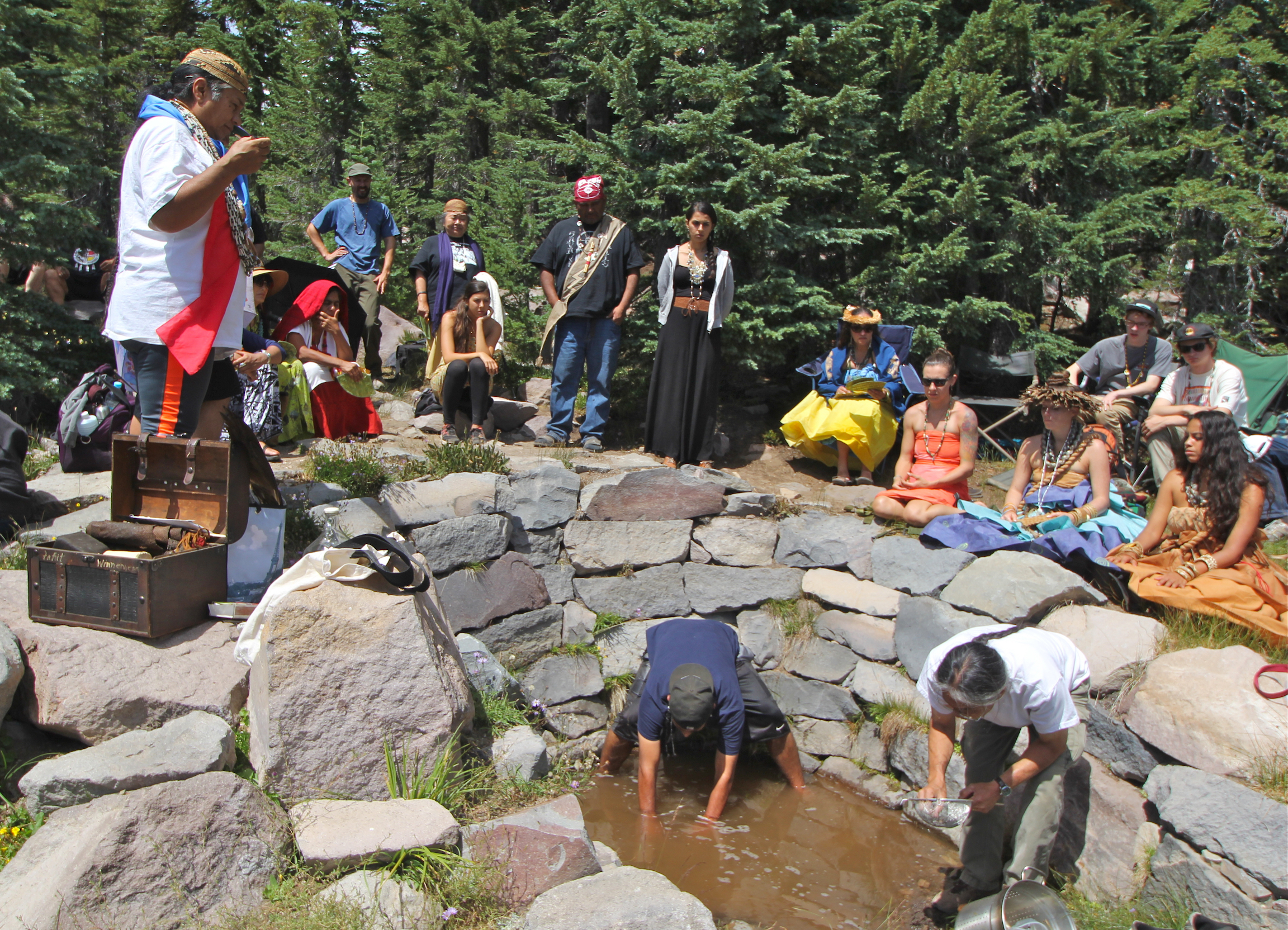The standoff continues, at Sacred Stone Camp and in Bismarck. Winona LaDuke ( Anishinaabe) has an interesting column up at ICTMN, as further information comes to light.
The recent announcement of Enbridge’s purchase of the Dakota Access Pipeline came as a surprise to most of us. For the past four years, Enbridge has told the people of Minnesota that the proposed Sandpiper route (Clearbrook to Superior) was essential. It turns out that was not true. Let me try to translate what I think happened.
























